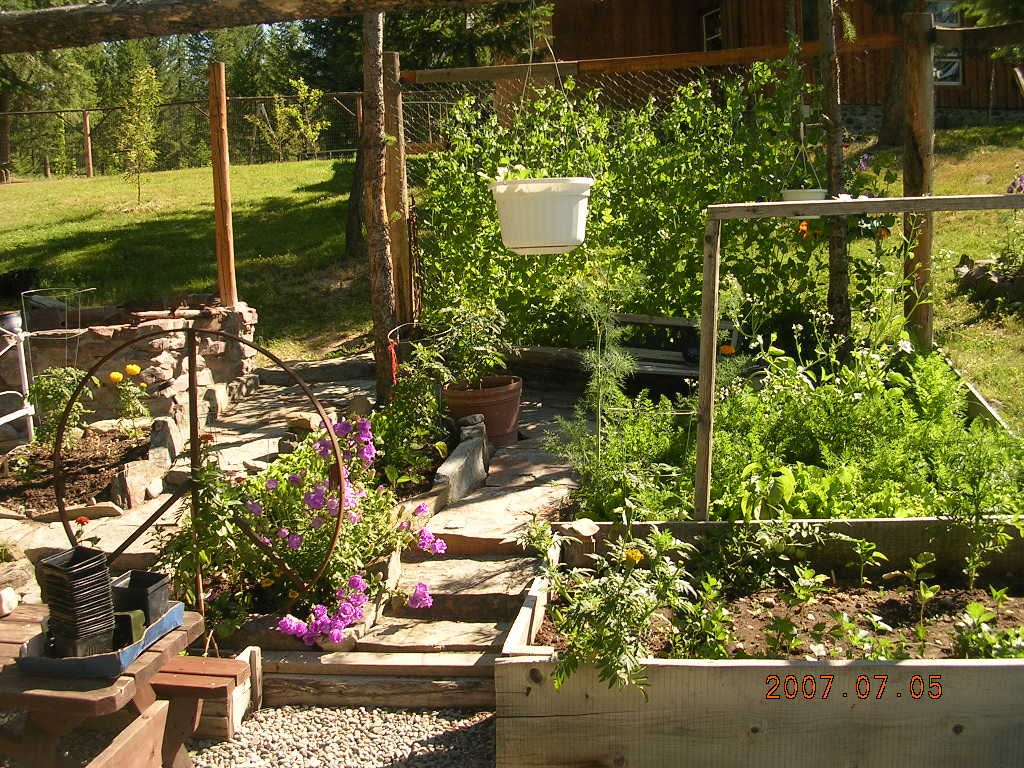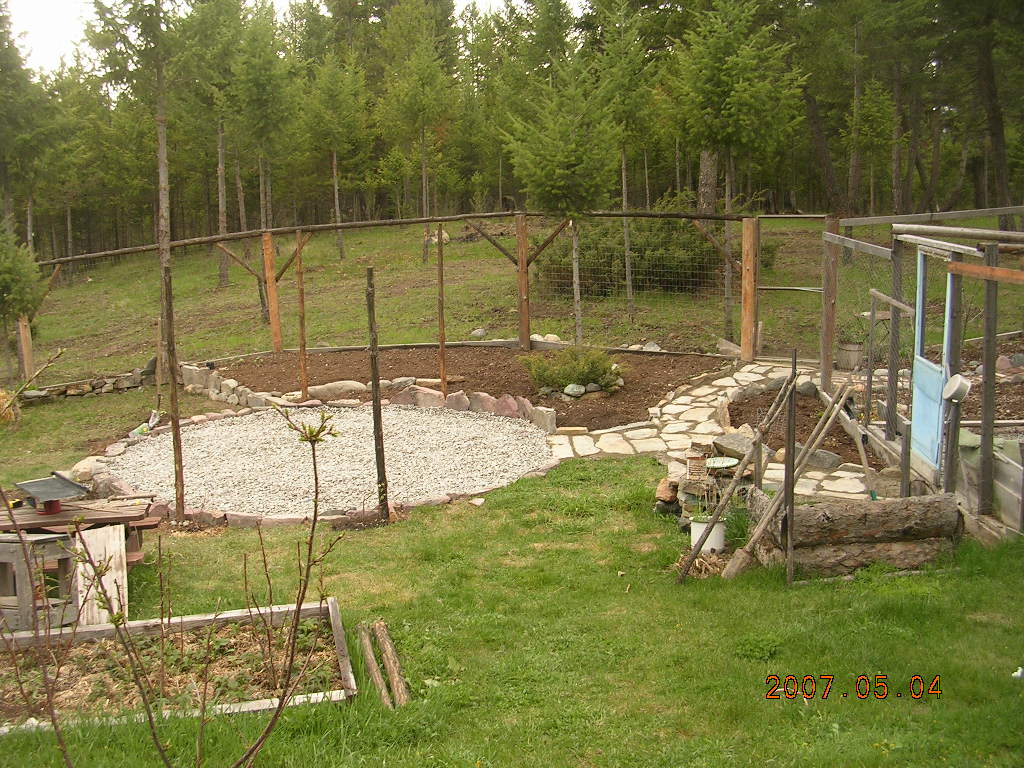5 Tips to Creating Successful Raised Garden Beds

5 Tips to Creating Successful Raised Garden Beds
1. Location
The first thing you want to do is determine where you are going to put your new bed. Most plants want full sun to grow tall and strong during the summer months.

2. Determine Size and Space
Look around your yard or garden space. Where is your new bed going to go? How big is it going to be?

3. Choose Materials
Make sure you have checked to make sure your building materials don’t have any toxins in them. Many people have used recycled creosote railroad ties in the past but have learned that they will ooze into the soil and your plants won’t grow so well, so be sure if you choose recycled materials you know where they have been in the past. We have used lots of recycled materials in our garden. Our brick walkway is made out of an old chimney that was taken down. We used an old boat for one bed. Most of our boards have either come from old barnboard that Mike has recycled off of an old building, or from previous building projects. One of our compost bins is made of recycled slabs from the mill when we mere having some boards made for our home …

4. Fill with dirt, compost, and straw etc.
A raised bed needs to be filled with good organic nutrient rich soil and compost etc. They need to have sufficient drainage.
These peppers are growing in a deep tub of good soil and mulched with straw to hold in moisture and reduce weeds.

5. Plant wisely.
Make sure you read your packets or plan your starts to be sure it is after danger of last frost. Make sure you leave enough room for each plant to grow deep roots and expand. Don’t plant things too tightly.
Rotation. It’s important to rotate your beds so even if you plan to put tomatoes in this year you might want to put green beans there next year or something different.

